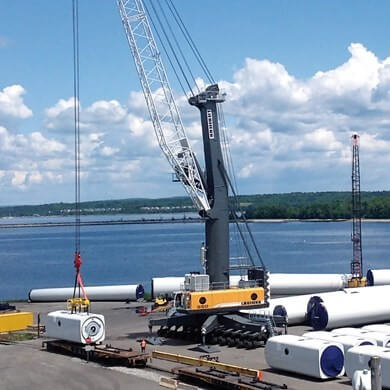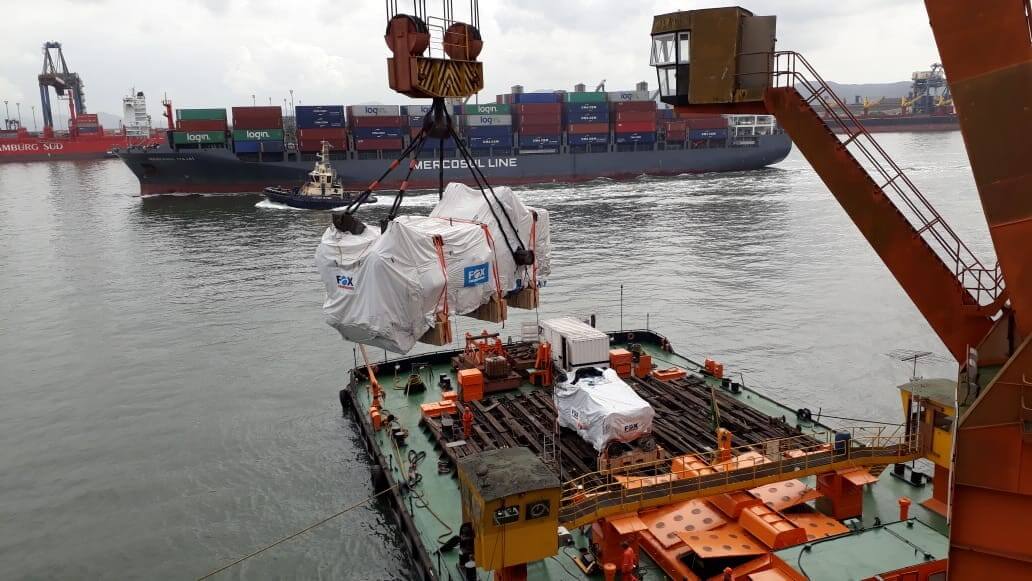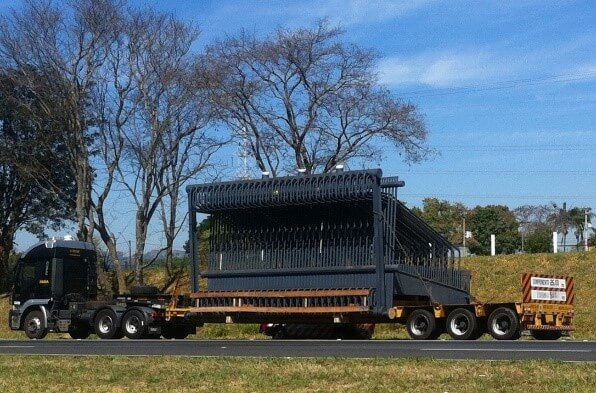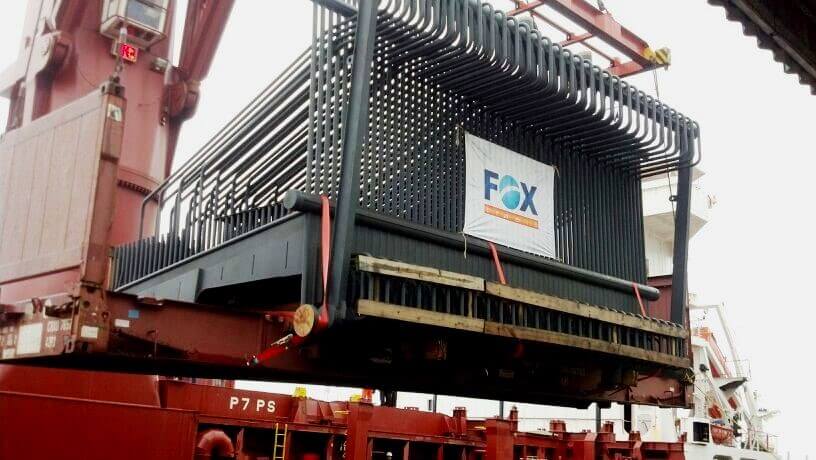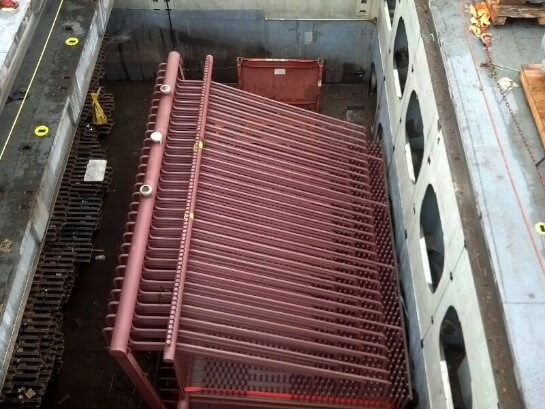Difference between Heavy Lift, Oversized Cargo and Project Logistics
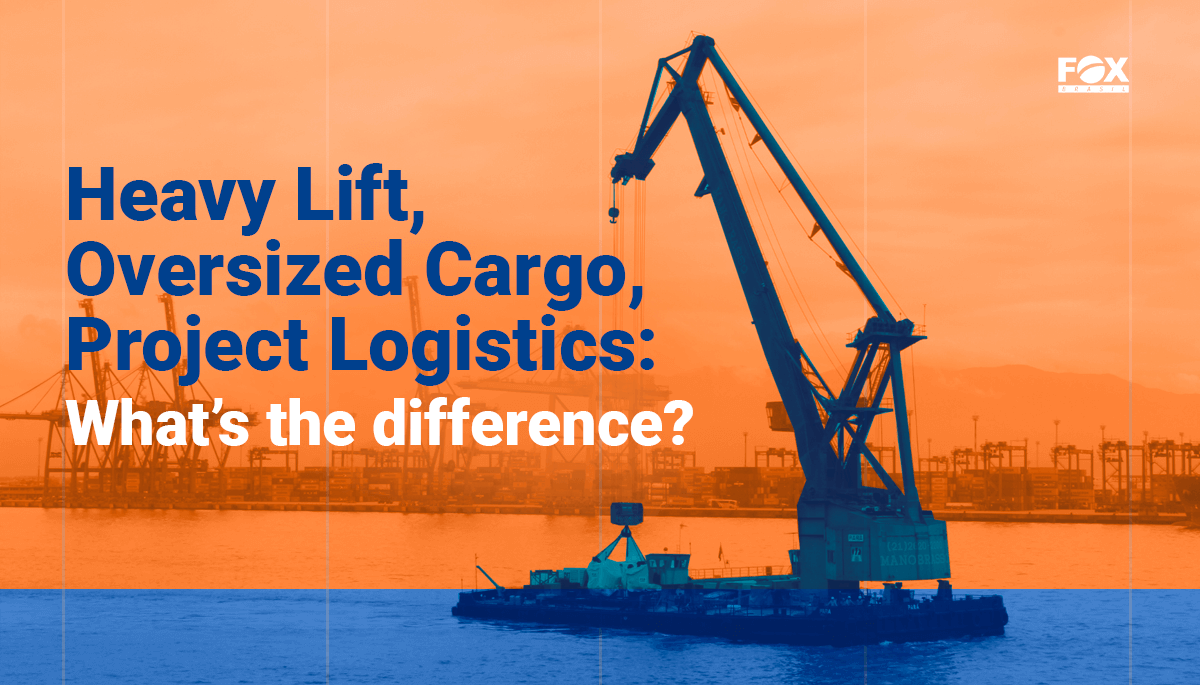
Project Logistics
You probably have heard of these terms before, maybe them all together, or even that they’re all the same, but what does each one actually means?
Heavy Lift are indivisible pieces, which aren`t supported by its weight distribution on a single container load, and for that reason require special planning in order to be handled. These items usually include reactors, generators, yachts, transformers, trains and everything else that is heavier than 60 to 75 tons (60 on older ports, 75 on newer, more modern ports that are able to support heavier shipments).
When an indivisible cargo exceeds this weight, we need the assistance of cranes to lift them and load them inside vessels that are able to support their weight. On the images bellow, we have two different types of heavy lifting cranes: The one designed especially for heavier loads of cargo that is used on the ground, and also what we call a floating crane, that are cargo ferries equipped with cranes and that have a bigger cargo capacity.
Oversized cargo are products that have dimensions that are longer, wider and higher than a container capacity can support. Since this kind of cargo cannot fit inside the containers, they have to be transported using special vehicles and require specialized handling to be delivered safely.
On the images bellow, we have an example of an oversized shipment being transported to a port with the use of a tree axle flatbed truck and being loaded into the ship on a flat rack container before being settled inside the underdeck of the ship.
And, to transport these bigger and heavier loads of cargo, we rely on Project Logistics, a field of logistics that is specialized in the planning and execution of the transport of abnormal size and weight cargo and all of the demands it may include.
